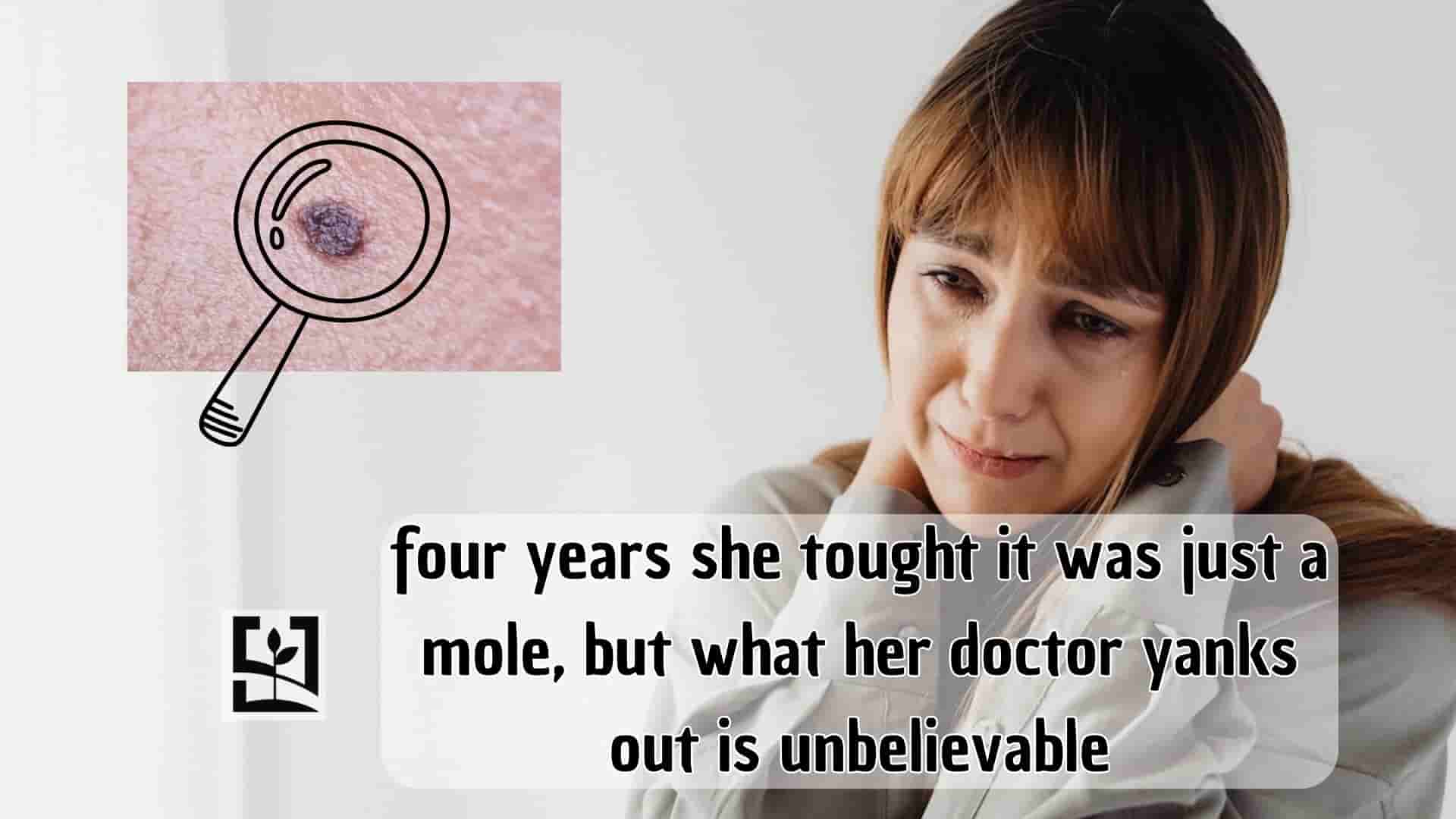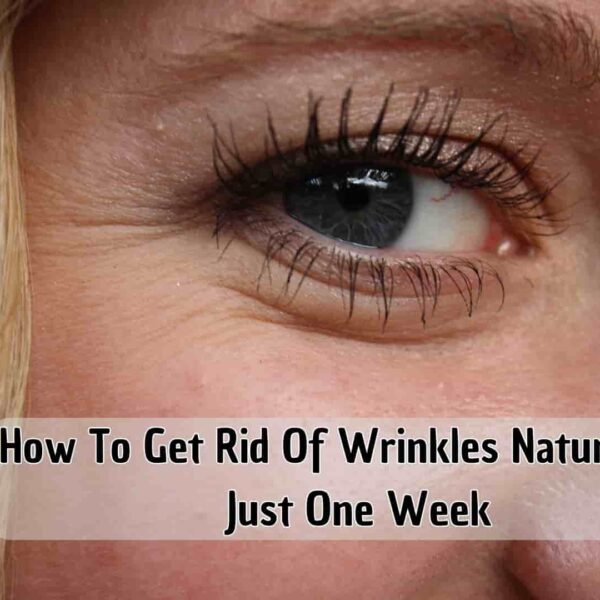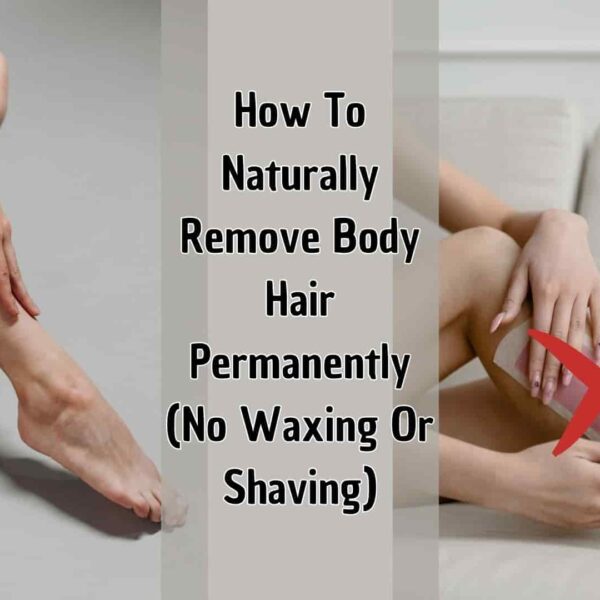In 2020, a 42-year-old Nigerian-Irish woman was diagnosed with stage 2 melanoma.
She went out in the sun and didn’t think she was at risk for cancer because of her skin color.
She now makes every effort to stay out of the sun and wears high-strength sunscreen every day.
Age 29 Elijah J. In 2009, Smith went to a spa with her friend Tracy Blackburn.
When Smith entered the pool, Blackburn, a physician assistant with dermatology training, noticed a large area on Smith’s right buttock.
“‘Oh, girl, that’s a birthmark,'” Smith, now 42, reassured her.
Blackburn took a closer look and was not sure. He advised Smith to keep a close eye on this area. Smith consulted with his mother, who confirmed the scars were still there.
More than a decade later, her friend was right: Smith’s birthmark was later diagnosed as melanoma, the deadliest form of skin cancer.
In 2020, about a year after his daughter was born, Smith’s birthmark started to itch. A few months later, she accidentally cut herself with her fingernail in the bathroom, causing her to bleed.
According to the American Academy of Dermatology, whenever a mole becomes bothersome or starts bleeding, it should be checked by a dermatologist.
Smith recalled the spa day and emailed a photo to Blackburn, who suggested she get a biopsy.
Smith meets Dr. Dermatologist Dianne Davis diagnosed stage 2B melanoma, the most advanced form of stage two skin cancer.
Smith, who is of Irish and Nigerian descent, claims she enjoys tanning. “A lot of people in my family are Black — I wanted to be like my family,” she said. Additionally, she explained, “As an African-American woman, you don’t think about skin cancer.” Among Black people of all races , melanoma is diagnosed less frequently, affecting 1 in 1,000 patients (compared to 1 in 38 patients in whites).
That’s just Smith; most Americans aren’t worried about getting skin cancer, according to a new survey from the American Academy of Dermatology.
However, many people have risk factors.
Smith is a self-described outdoor enthusiast who has lived in the Philippines, California and Texas, where the weather is mild. She also went to a tanning bed and when applying sunscreen, “she chose a tanning lotion with a higher SPF of 3 or 7.”
She wishes she’d known sooner that high SPF sunscreen didn’t completely prevent tanning. While there’s no such thing as a “safe” tan, sunscreen can help protect you from more serious skin damage.
She added: “I could have been protecting my skin and maybe I wouldn’t have fallen into this path of being completely sunless.”
Smith only needed surgery to remove the malignant lesion because the cancer had not spread to the lymph nodes. However, it was a lengthy process that required his oncologist to remove 8 x 4 centimeters of tissue.
For the next two years after surgery, Smith had to be tested for skin cancer every three months. Now she only gets one every six months.
The most difficult adjustment is avoiding sunlight. “I love running and being in the sun and going to the pool with my daughter,” Smith, who now lives in Dallas, told Insider. She now wears a hat, sunscreen of at least SPF 30, and long-sleeved sun protection clothing. When she is at the beach she always sits in the shade
Smith believes everyone should be aware of any changes in their skin based on their own experience. “I think all races, not just people of color, need to take a look at themselves,” he adds. “If you have freckles or moles on your face, get it checked by a board-certified dermatologist at least once a year.”






